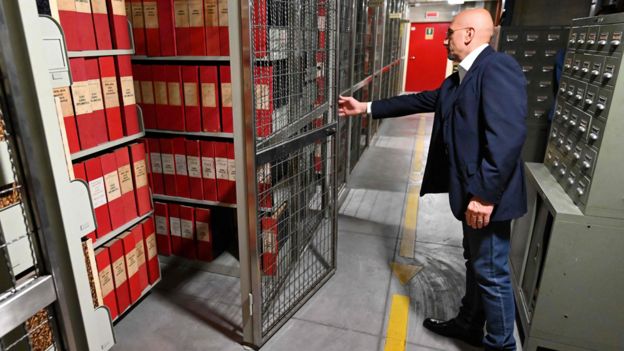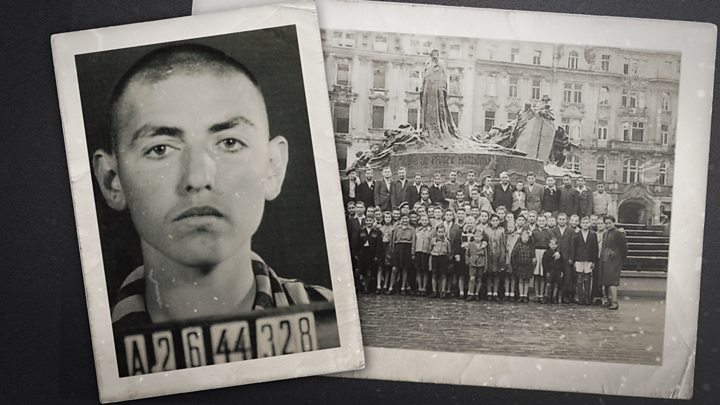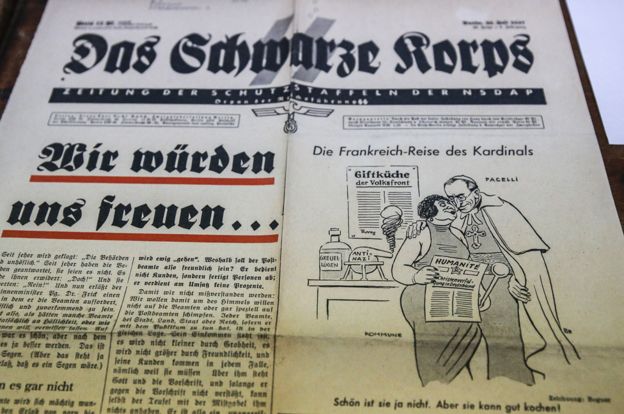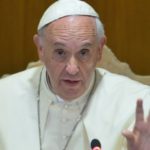The Vatican is to open its archives on the wartime papacy of Pius XII, kept secret for decades amid accusations that he turned a blind eye to the Holocaust.
Critics say Pius XII, sometimes labelled “Hitler’s Pope”, knew Nazi Germany was murdering Jews but failed to act. He reigned from 1939 to 1958.
But the Vatican says Pius XII worked behind the scenes to save Jews.
Dozens of scholars are preparing to pore over the many documents.

Pope Francis took the decision a year ago to open up the archives on one of the Roman Catholic Church’s most controversial figures.
“The Church is not afraid of history,” the Pope told Vatican researchers.
Pope Francis said the Pius XII papacy was marked by “moments of grave difficulties, tormented decisions of human and Christian prudence, that to some could appear as reticence”.
Bishop Sergio Pagano, prefect of the Vatican’s Apostolic Archives, said the World War Two documents ran into millions of pages, divided into 121 sections according to topic.
All the space in the consulting area has been booked for the rest of the year, said Bishop Pagano, quoted by Reuters news agency. The scholars include some from the Holocaust Memorial Museum in Washington DC and award-winning German historian Hubert Wolf, a specialist on the Pius XII pontificate.
The BBC’s Mark Lowen in Rome reports that the controversy over this papacy is thought to have halted his elevation to sainthood.
“There is no doubt that the pope was aware of the murder of Jews,” said Hubert Wolf, quoted by AFP news agency.

In the 1920s the then Cardinal Eugenio Pacelli had witnessed the rise of Nazism as Holy See ambassador in Germany, before returning to the Vatican and becoming pope.
There are Jesuit documents sent to the pope which informed him about Nazi concentration camps, but historians have not yet seen any of his replies.

Mr Wolf says he is also keen to see any letters the pope received from his ambassadors during the war.
In addition, historians still have many questions about the notorious “ratline” – an escape route facilitated by some Catholic clergy who helped Nazi war criminals flee to South America after the war.



